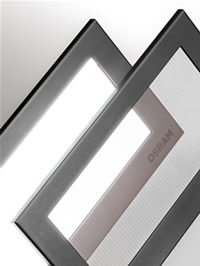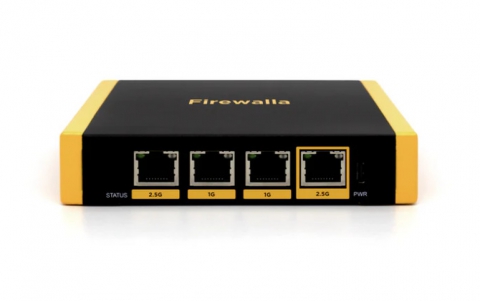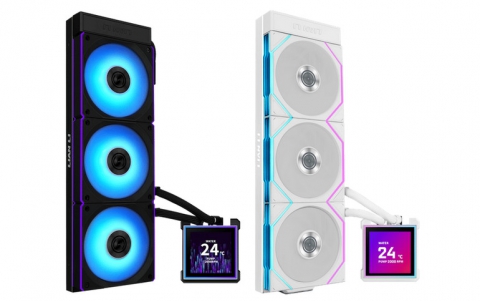
New Transparent White OLED from OSRAM
OSRAM Opto Semiconductors has developed a transparent white OLED tile with outstanding performance.
 Under laboratory conditions, the OLED prototype has achieved a luminous efficiency of more than 20 lm/W at a brightness of 1000 cd/m², according to OSRAM. This opens up possible applications such as partitions that are almost invisible by day and can provide a pleasant diffused light at night.
Under laboratory conditions, the OLED prototype has achieved a luminous efficiency of more than 20 lm/W at a brightness of 1000 cd/m², according to OSRAM. This opens up possible applications such as partitions that are almost invisible by day and can provide a pleasant diffused light at night.
The large-scale prototype of the transparent white OLED tile with color coordinates 0.396/0.404 (CIEx/y main emissive side) lights up an area of nearly 90 cm². The OLED is transparent whether it is powered on or off, and its transparency is currently rated at 55%. As the product is further developed, this value is expected to reach 75%.
The performance results were achieved as part of the project known as OPAL 2008. This research effort is the initiative of the Germany Ministry for Education and Research dedicated to studying organic light emitting diodes for illumination applications.
The relative strengths of the beams in the two hemispheres of the OLED tile can be adjusted within a wide range. This means, for example, that a surface light source installed in furniture or on a canopy can be configured so that light shines only in the required direction.
 Under laboratory conditions, the OLED prototype has achieved a luminous efficiency of more than 20 lm/W at a brightness of 1000 cd/m², according to OSRAM. This opens up possible applications such as partitions that are almost invisible by day and can provide a pleasant diffused light at night.
Under laboratory conditions, the OLED prototype has achieved a luminous efficiency of more than 20 lm/W at a brightness of 1000 cd/m², according to OSRAM. This opens up possible applications such as partitions that are almost invisible by day and can provide a pleasant diffused light at night.
The large-scale prototype of the transparent white OLED tile with color coordinates 0.396/0.404 (CIEx/y main emissive side) lights up an area of nearly 90 cm². The OLED is transparent whether it is powered on or off, and its transparency is currently rated at 55%. As the product is further developed, this value is expected to reach 75%.
The performance results were achieved as part of the project known as OPAL 2008. This research effort is the initiative of the Germany Ministry for Education and Research dedicated to studying organic light emitting diodes for illumination applications.
The relative strengths of the beams in the two hemispheres of the OLED tile can be adjusted within a wide range. This means, for example, that a surface light source installed in furniture or on a canopy can be configured so that light shines only in the required direction.
















